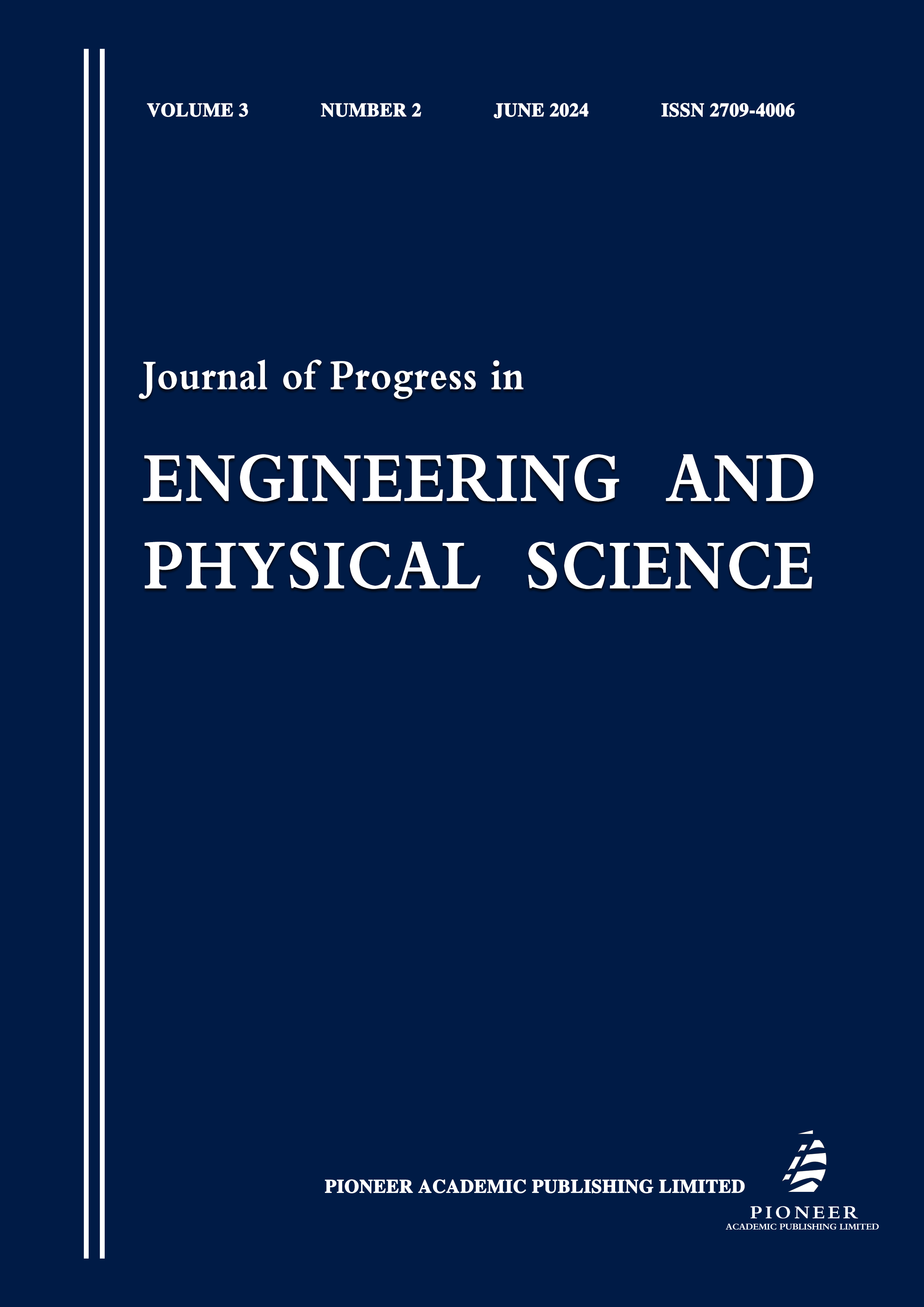Experimental Study on Surface Segregation Law of Three-Dimensional Accumulation Body of Sand and Stone Particles by Binary Mechanism
Keywords:
manufactured sand, machine vision, particle shape, quality evaluation, deep learningAbstract
Sand and stone materials are one of the important raw materials for infrastructure construction. In recent years, natural sand resources have decreased rapidly. In order to protect rivers and DAMS and ecological balance, local governments have increased the control power of natural sand mining, and replacing natural sand with mechanically broken parent rock formation mechanism sand has become an inevitable trend of the industry development. During the crushing process of parent rock, sand particles of different particle size range are produced, and particle segregation occurs in the process of stacking in the yard, which brings great trouble to the calculation of particle grading and material sample detection, and hinders the large-scale application of machine-made sand. In this paper, three-dimensional stacking tests of irregular particles were carried out to identify the particle distribution on the surface of the stack by digital image technology, analyze the relationship between particle size composition of particle mixture and the particle distribution of the accumulation body, and study the distribution law and segregation characteristics of the accumulation body. The experimental results show that the mixture with different coarse particle content will produce the corresponding distribution on the surface of the accumulation body after the accumulation. On the surface of the accretion body, the content of coarse particles is vertically distributed along the height of the accretion body. The content of coarse particles in the lower part of the accretion body is greater than that in the upper part of the accretion body. The overall segregation coefficient on the surface of the pile decreases with the increase of coarse particle content, and the variation is the largest in the lower part of the pile surface with the initial coarse particle content. Based on the test results in this paper, it provides a basis for formulating the sampling and inspection method of machine-made sand, ensuring the quality of machine-made sand and improving the utilization rate of machine-made sand.


